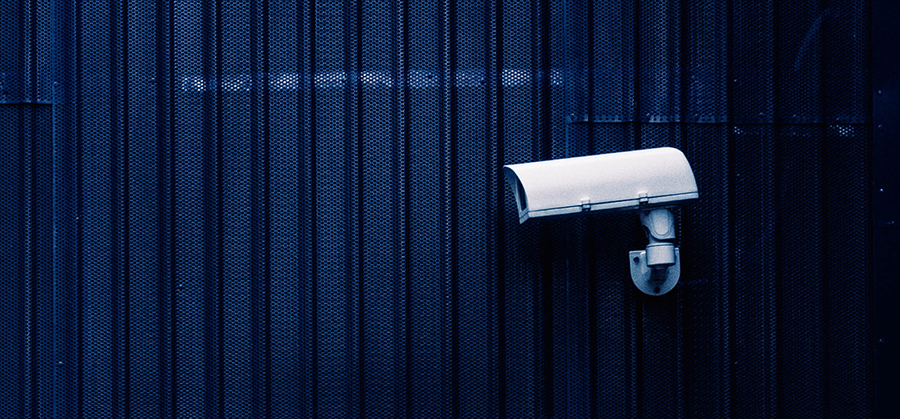Top 10 Reasons Why Cameras Fail

Modern surveillance cameras are essential to modern security systems that offer a key tool to help safeguard and monitor numerous environments. But, like any other technology, surveillance cameras are never immune to failure and issues. Your surveillance cameras face numerous issues, compromising on their effectiveness whether they are used in public places, businesses, or other residential areas.
In our post today, we will check out why security camera systems fail or malfunction.
1. Technical Malfunctions
Technical malfunctions can arise whether used in public spaces, businesses, or various hardware and software glitches. Defective components, firmware glitches, improper maintenance, or software bugs can lead to cameras sensor failure to capture, transmit, or store footage. Routine maintenance, regular firmware updates, and quality assurance checks can help mitigate technical malfunctions.
2. Power Outages and Connectivity Issues
Surveillance cameras heavily rely on power and internet connectivity and memory card errors. Power outages or network disruptions can render cameras useless, preventing them from recording or transmitting footage. Implementing backup power sources, such as uninterruptible power supplies (UPS) and redundant internet connections, can address these challenges.
3. Physical Damage In Cameras Fail
Exposure to harsh weather conditions, vandalism, dropped, accidents, exposed to water, or deliberate tampering can cause physical damage to surveillance cameras, making them corrupted. Employing durable and weather-resistant camera housing, placing cameras out of reach, and installing protective barriers can minimize the risk of physical damage.
4. Improper Placement
Camera placement is crucial as they are delicate devices for effective surveillance coverage. Poorly positioned cameras might have blind spots or capture irrelevant areas. Conducting a thorough site assessment and consulting with security experts can help ensure cameras are strategically placed to maximize coverage.
5. Insufficient Maintenance
Neglecting regular maintenance can lead to the deterioration of camera performance over time under extreme temperatures. Dust accumulation, lens problems or smears, and worn-out components can hinder image quality and functionality. Implementing a consistent maintenance schedule involving cleaning, inspections, and component replacements can extend the lifespan of surveillance cameras with firmware issues.
6. Limited Field of View
Some surveillance cameras have a limited field of view, which can result in missed incidents occurring outside their range. This limitation is particularly significant in areas that require comprehensive coverage when not charged properly. Opting for cameras with wider angles or combining cameras to cover blind spots can mitigate this issue.
7. Inadequate Lighting
Poor lighting conditions can affect the quality of captured footage, incorrect exposure settings and making it challenging to identify people or objects. Cameras equipped with low-light or infrared capabilities can address this problem by providing clear images in various lighting conditions, including darkness.
8. Data Storage Problems
Surveillance cameras generate vast amounts of data that must be stored for future reference. If data storage solutions are properly configured or maintained, footage may be overwritten or recovered. Employing scalable and reliable storage solutions and setting up automated data archiving can prevent data storage problems.
9. Obsolete Technology
Older surveillance cameras can become obsolete as technology evolves, lacking the advanced features and capabilities required for effective security like faulty battery. Regularly upgrading cameras to the latest models ensures access to cutting-edge technology and improved performance.
10. Privacy Concerns
Surveillance cameras sometimes infringe on privacy rights, leading to legal challenges or public backlash. Adherence to privacy regulations or informing individuals about camera presence can result in their removal or disabling. Implementing clear signage, following privacy laws, and involving stakeholders in camera placement decisions can help avoid privacy-related battery issues.
Conclusion
Surveillance cameras are vital in maintaining security but are not immune to failures. Addressing these top 10 reasons for surveillance camera failures involves proactive planning, regular maintenance, and technological advancements. By understanding and mitigating these challenges, individuals and organizations can ensure that their surveillance systems remain reliable and effective tools for enhancing security.
